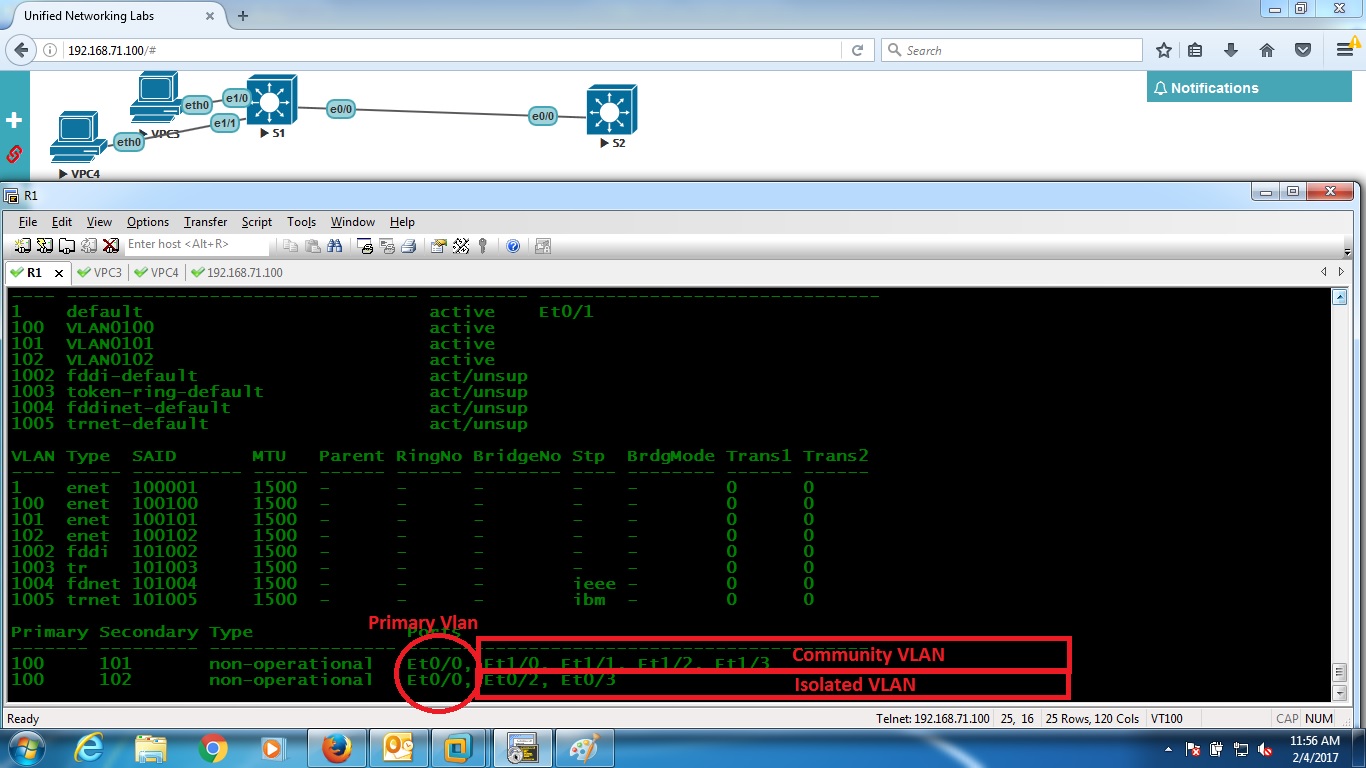
- #Router images for gns3 how to
- #Router images for gns3 activation key
- #Router images for gns3 install
- #Router images for gns3 software
- #Router images for gns3 code
To answer the question in another way: If you're image is used with a specific hardware (with the exception of the older hardware emulated by dynamips) you are out of luck. If it's not emulated by dynamips, not already a ready to run "virtual" hardware (either as VM or container) and not an IOU image you can't use the specific image. So to answer you question: Yes, you need specific images.
#Router images for gns3 software
You can also use networking software provide as a docker container by a vendor. For these VMs you can use different VM providers like qemu, VMWARE or VirtualBox. Note: You can visit the same section in future by clicking Edit > IOS Images and Hypervisors.
#Router images for gns3 code
A third option is to use Cisco IOU (IOS for UNIX) which is also a Linux with IOS Code inside but it's espacacily build for lab and learning environments, not to actually route or switch traffic. It started as an GUI for dynamips which can emulate certain older Cisco hardware and the images for this hardware.įor some time now you can use "virtual" networking hardware, like Cisco ASR1000v which is basically a Linux VM running the IOS Code inside. * Disclaimer, this will only work on this virtual ASA, and it’s published elsewhere on the Internet, if I receive a request to remove it I will do so.Īnother ‘quirk’ is every time you add a new ASA to the workspace, you need to go through this process, if you enter the commands below you can issue a reload and also save the ASA, without the need to re-enter the activation key.GNS3 is a front end for different kinds of "virtual" network hardware. So I will publish a working activation key*
#Router images for gns3 activation key
An ASA Activation key is usually linked to the serial number of the ASA, in this case we don’t have a serial number, (that’s not strictly true, if you check, it’s something like 12345678).

When the ASA starts it has all the licenses disabled, to add them you need to change the ASA’s activation key. You can now drag an ASA onto the workspace and console into it (it takes a while, be patient). You need to create these from a legally obtained copy of the asa843-k8.bin file. You need two files to run the ASA, an initrd file and a kernel file. There are a few options but I prefer linux-microcode. So you can download a small Linux image from GNS3. Having a host machine for you labs is handy, usually you just need to be able to ping, or perform tracerts. Repeat for each model of router you want to add. You can now start that model router to the workspace and use it. When complete click Close > Save > Close.ġ0. I you don’t do this your virtual network devices will eat all your CPU power!ĩ. Note: You can do this later from the main workspace, and test a range of settings.

And they're available inexpensively or even free. There are a lot of switches, routers, and firewalls out there that, although not the latest, are still quite functional. But, if you're trying to work with a lab setup, consider getting the actual physical gear. Set the Router platform and model > In the IDLE PC section click Auto calculation > This can take a while. If your goal is to run GNS3, then you need to get the IOS images in an appropriate way. As mentioned above, it will convert my filename.bin image to an extracted filename.image file > Yes.Ĩ. DO NOT email me and ask for Cisco IOS images, (I will just ignore you!).ħ. This means you need a Cisco CCO account, and a valid support agreement. I am really happy I'm finally part of cisco community, I've been working on packet Tracer since I started studying networks but as y'all know it's a bit limitted so I switched to GNS3, the only problem here is that I can't find cisco equipement images for GNS3 ( routers,switches. Note: You need to legally download these images from Cisco. Here on GNS3 8.6 you can select the filename.bin file, with older versions you need to extract that file to a filename.image file. Image file > Browse to the image you want to import. Note: You can visit the same section in future by clicking Edit > IOS Images and Hypervisors.Ħ. Click Test Settings > Have patience, it can take a couple of minutes > Apply > OK. The defaults are fine but if you run GNS3 on several machines you might want to choose something like Dropbox > Apply > OK.Ĥ. Check that the path to the ‘projects’ and your ‘images’ folder are where you want them to be. Note: You can do the same in future, by going to Edit > PreferencesĢ. Launch the program, you will be greeted with the following setup wizard.

#Router images for gns3 install
Download GNS3, I accept all the defaults (I actually tick to install SuperPuTTy, as tabbed console windows can be handy when using GNS3). Note: At time of writing he latest version is 8.6ġ.
#Router images for gns3 how to
And each time I install it, I spend just as long remembering how to set it up, as I do using it! So, if for no other reason than I can use this page as a reference in future, here’s how to get it up and running. I dip into GNS3 every so often, (depending on what I’m working on).

KB ID 0000927 NOTE: THIS ARTICLE IS FOR THE OLD VERSION OF GNS3 GO HERE FOR THE NEW ONE Problem


 0 kommentar(er)
0 kommentar(er)
